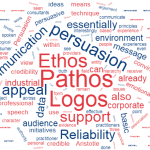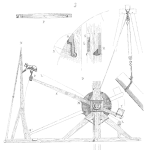
I wish I had a strong message for you today but I don’t. I’ve been having a rough time lately and I’ve been battling with myself so I can show up for you. I’m not perfect and I’m learning to give myself compassion and love instead of cracking the whip. I’ll leave it at that.
[Read more…]













 Ask a question or send along a comment.
Please login to view and use the contact form.
Ask a question or send along a comment.
Please login to view and use the contact form.